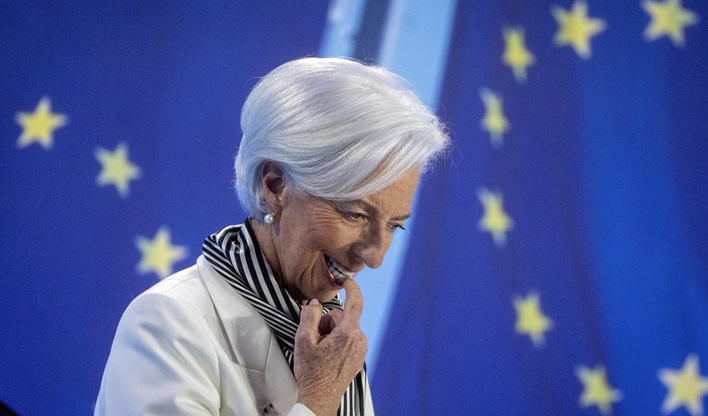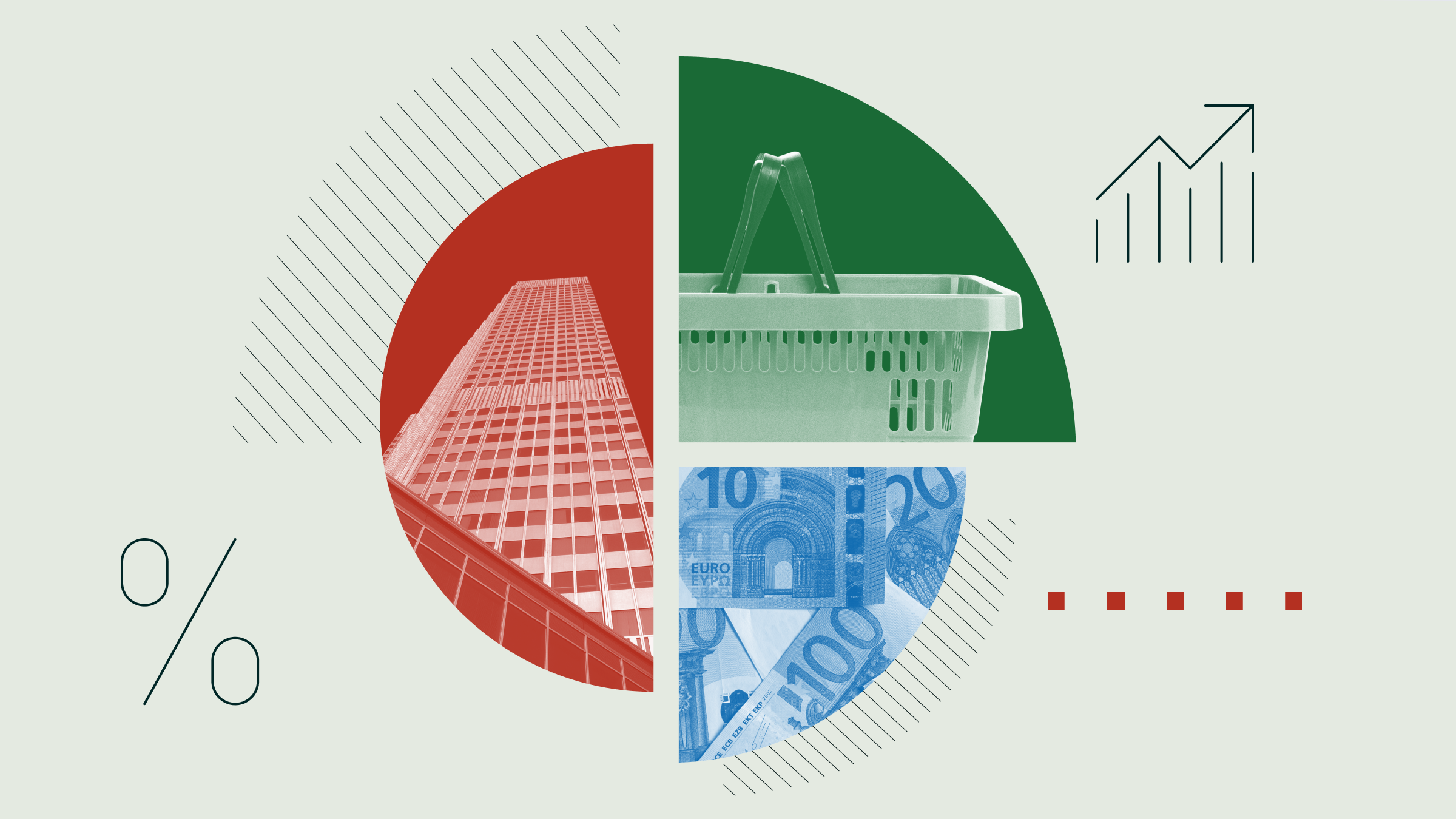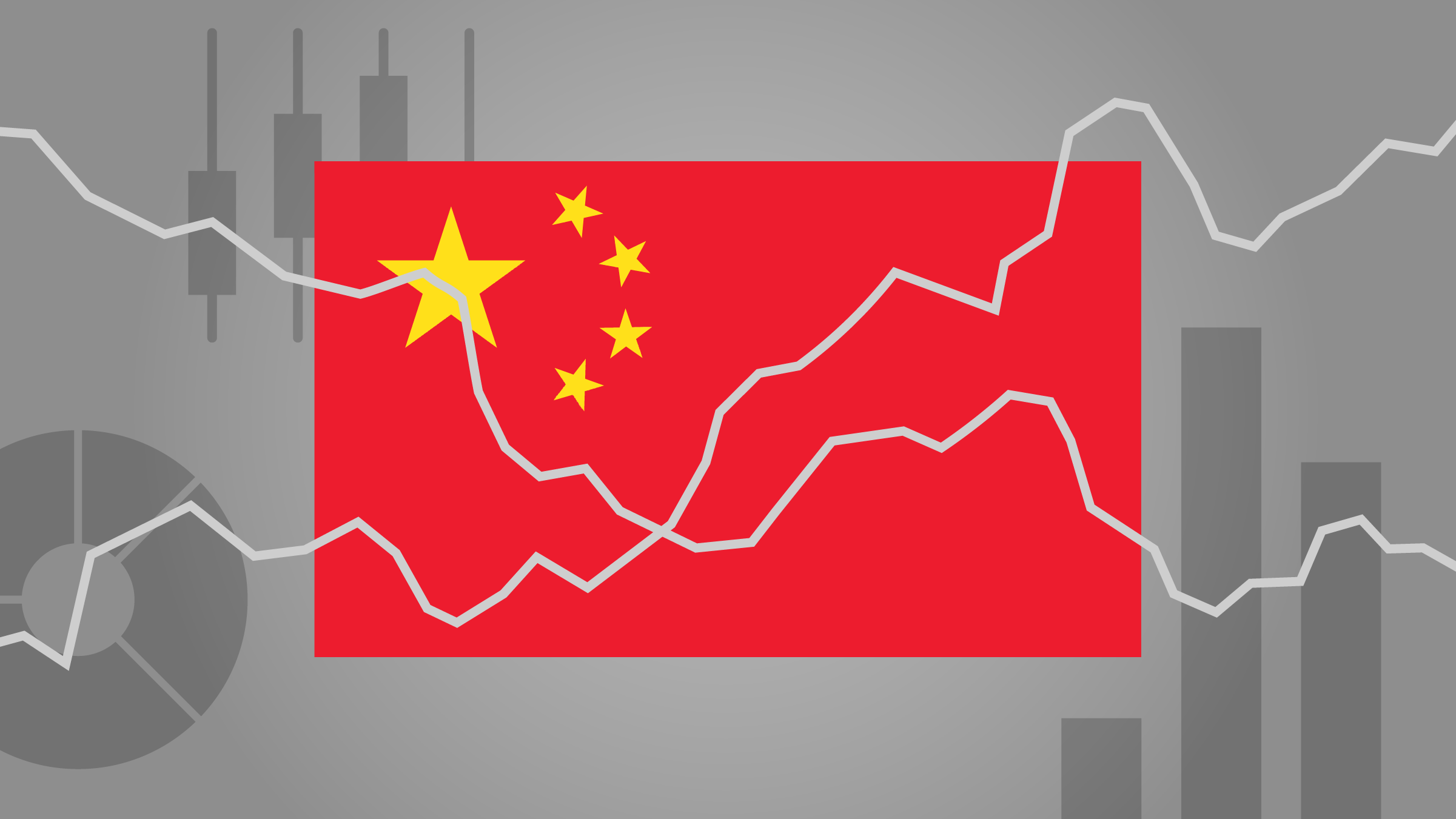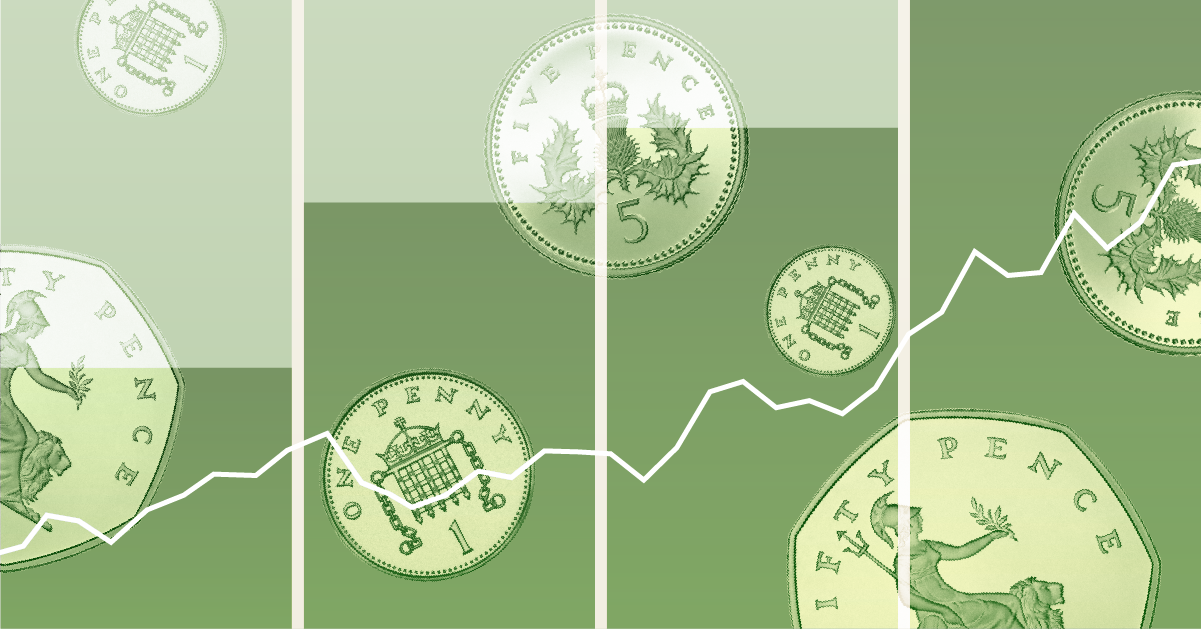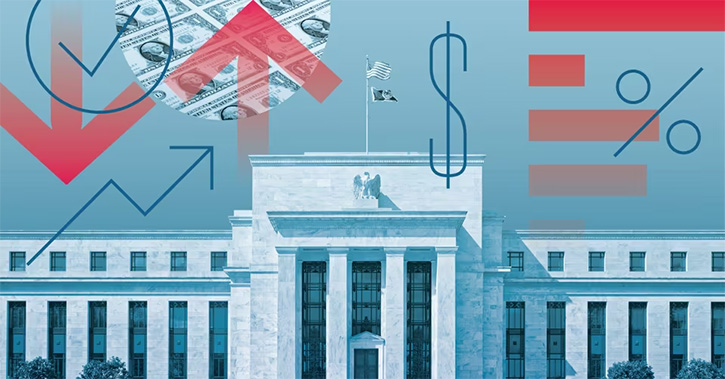
It's a near-universal expectation that the Federal Reserve will keep interest rates unchanged at its meeting next week. Most analysts expect a cut in September, with possibly another in December, beginning a long-anticipated easing cycle.
But some say the central bankers should cut rates sooner to avoid the risk of recession. Inflation appears to be falling on a sustainable path toward the Fed's target, and the once-overheated labour market has cooled. Others say the Fed is right to wait, as cutting rates prematurely might send inflation higher again.
"The lower inflation prints we've seen over the past couple of months mean the Fed's predominant concern is no longer inflation," explains Roger Hallam, global head of rates at Vanguard. Rather, he says the focus is now the central bank's dual mandate of low inflation and stable employment. The longer it keeps policy rates restrictive, the more the downside risks to the broader economy can grow.
"They're always weighing the trade-offs of the dual mandate," says Ben Bakkum, senior investment strategist at Betterment. Here's what investors need to know about the fine line the Fed is walking and the risks of leaving rates too high for too long.
An Historic Tightening Cycle
When exactly the Fed should change interest rates is often an open question. The impact of rate changes comes with a long and variable lag. Meanwhile, the US economy has proven much more resilient than most commentators expected amid recent massive rate increases. Forecasts that a recession would have materialised by now have been proven wrong.
The Fed's mandate is to maintain a healthy economy by keeping inflation low and stable while promoting maximum employment. It primarily influences the economy by adjusting the federal funds rate, which is the rate banks use when they lend money to each other overnight. Changes in that rate reverberate throughout the entire economy, influencing everything from longer-term Treasury yields to mortgage rates, credit card rates, and corporate profits.
Fed officials spent a significant portion of 2021 describing the elevated price pressures that followed the pandemic as "transitory" – not ideal, but temporary. But when those pressures didn't fade and the inflation rate climbed to a 40-year high, they shifted gears quickly. "The Fed did a pretty decent job from that point," Hallam says.
"It moved policy to a tight stance and has been maintaining this stance to bring the economy into better balance."
The Fed's Balancing Act
For the most part, the high rates have successfully slowed the economy and reduced inflation from its peak of about 9% to 3% in June – a recovery that is "quite remarkable," according to Nationwide chief economist Kathy Bostjancic.
With job growth moderating along with inflation, central bankers face a more complex balancing act. Given all the progress on inflation, Hallam says the Fed is "very conscious" of downside risks.
"We have to keep both mandates in our mind," San Francisco Fed President Mary Daly said last week. "It's a risk to act too soon to normalise interest rates and then have inflation stuck above our target, and it's a risk to hold on too long and make the labour market falter."
The Case for a July Rate Cut
While the markets don't see much chance of a cut before September, the question of whether that would be too late is "definitely apropos," says Bostjancic. A larger-than-expected moderation in the labour market that begins to dent consumer spending "could suggest that they waited too long."
Analysts at Goldman Sachs are also expecting a September cut, but they recently laid out a case for why a July cut wouldn't be a bad idea. They point out that the case for a rate is already clear, given how much inflation has fallen and how the labour market has come into balance. "Why wait another seven weeks before delivering it?" they asked in a research note to clients last week.
And given that monthly inflation data can be volatile, Goldman Sachs analysts say there's a risk of a temporary reacceleration in inflation over the coming months, which would make a September cut look like a policy error. "Starting in July would sidestep that risk," they wrote. Lastly, they point out that the Fed has an unspoken incentive to avoid major policy moves too close to elections. "That doesn't mean the committee couldn't cut in September," the analysts wrote, "but it does mean that July would be preferable."
The Case for Waiting
Bostjancic acknowledges that the central bank's cautious stance is understandable, especially given three months of hotter-than-expected CPI readings at the start of the year. "The worst outcome is if they don't slay inflation," she says.
For Hallam, a moderating economy isn't necessarily a sign that the Fed has waited too long to begin easing. "The economy is still humming along," he says, and GDP remains near its longer-term trend. "The labour market has been slowing," but it's "not necessarily slow."
A stronger-than-expected second-quarter GDP report also supports the Fed can "remain patient," Bank of America analysts wrote Thursday. "Growth has certainly cooled relative to last year, but it has done so at a gradual pace [...]. The risk of a sharp slowdown is low, in our view." Bank of America expects the first rate cut to come in December.
Lagged Effects of Fed Policy
Complicating the picture is that changes in Fed policy affect the economy slowly, with occasionally unpredictable side effects.
"Restrictive policy from the Fed doesn't impact the market immediately," says Matt Rowe, head of portfolio management and cross-asset strategies at Nomura Capital Management.
While policy changes impact the short end of the yield curve relatively quickly, it takes more time for them to work their way through to the long end of the curve and the rest of the economy. That means there could still be effects of high rates that have yet to work their way into economic data, or all the impact of the Fed's tightening cycle could have already been felt.
Bakkum points out that, over the last few years, higher rates have had an unexpectedly small effect on the economy. "That's the surprise, how much the economy has been resilient to the tightening," he says.
Rowe adds that there are elements of inflation and the economy that the Fed can't control. It could cut rates but home prices could keep rising, for instance, which would be a major setback in the inflation fight. Rising insurance costs also pose an inflation risk. He thinks these lagged effects mean the central bank's "wait and see" strategy makes sense.
"It's reasonable, in my opinion, that the Fed has waited and tried to be patient," he says.
When Will the Fed Cut Rates?
Investors still see commanding odds that interest rate cuts will begin in September. Bond futures markets currently price in a nearly 90% chance of a 0.25% reduction happening at the central bank's meeting that month, according to the CME FedWatch Tool. The current federal funds rate target range is 5.50%-5.25%, and traders see a 59% chance that it will be 4.50%-4.75% after the Fed's December meeting.
"The Fed is optimistic that cuts are likely in the near term, but we do not think it is willing to signal September is a done deal," Bank of America analysts wrote. Over the past few weeks, Fed officials have emphasised that they have not yet gained the confidence they need to ease policy.
Bakkum says that if the downside risks of prolonged tight policy emerge, investors should prepare for some short-term volatility in financial markets as economic growth slows. But over the long term, "it's not worth timing that kind of thing." He recommends that investors with long-term horizons stick to their diversified investment plans rather than risk missing out on the potential for stocks to keep rising.









